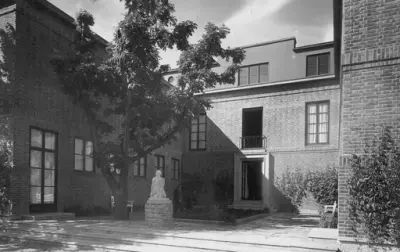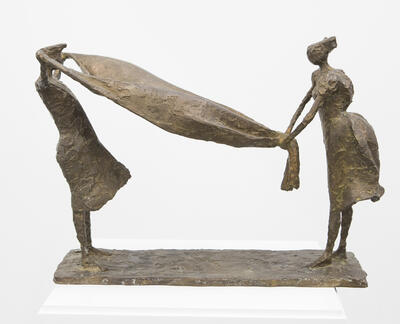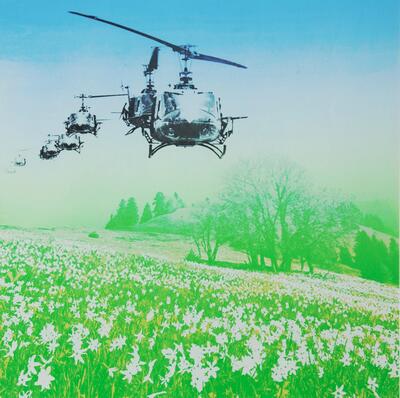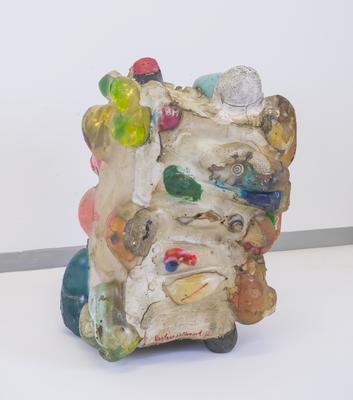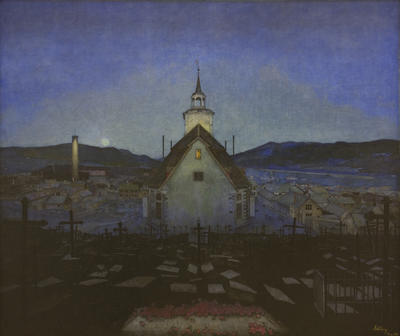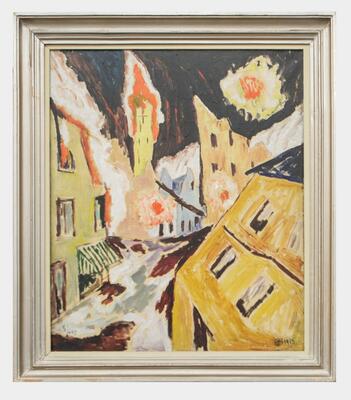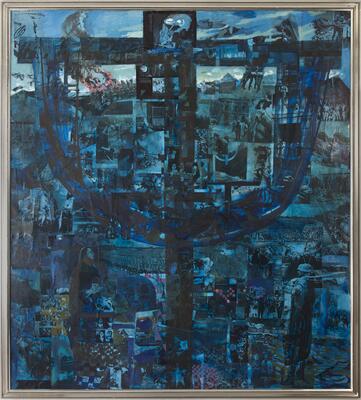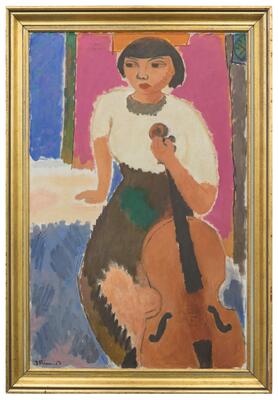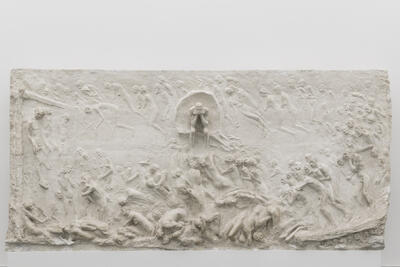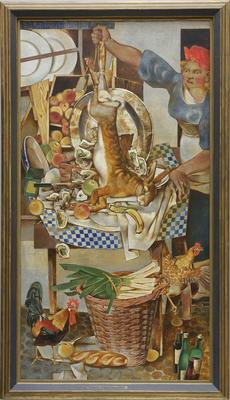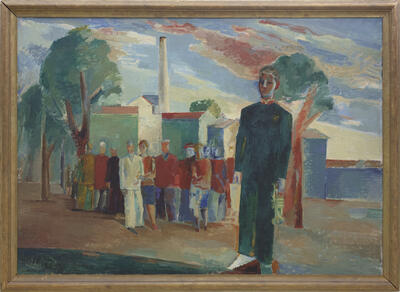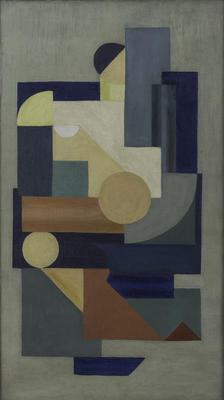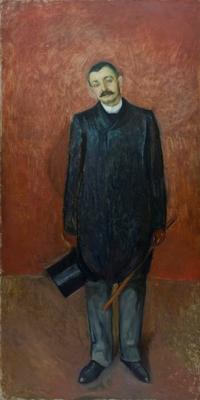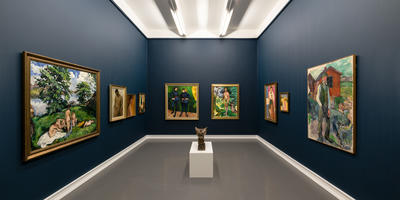- 1/1
Jan Bruegel (1568 –1625) and Hendrick van Balen (1575–1632) The Bacchanal of the Gods
Set on a shore in an Arcadian landscape, The Bacchanal of the Gods, shows the gods of heaven, earth and sea in the middle of a sumptuous if somewhat chaotic banquet next to a forest and some caves. Everything is calculated to delight the senses. A multitude of beasts and figures – around 80 in all! – are worked into every part of the lively scene. To one side a small orchestra adds gentle music to the din of the revellers and the sea. Great attention has been given to the rendering of all kinds of materials, from the creased white tablecloth to the gold and silver goblets, pitchers and plates, the flowers and well-fed putti in the foreground.
The painting is a showpiece, painted on metal – probably copper. This allows both artists to shine in the mastery of their preferred motifs, in spite of the limited space: flowers, landscape and expensive materials for Bruegel and classical figures and compositions for van Balen.
Jan Bruegel and Hendrik van Balen were two of the most successful Flemish painters of their day. Jan Bruegel was the son of Pieter Bruegel the Elder (1522–69) and younger brother of Pieter Bruegel the Younger. After early travels to Germany and Italy, Jan Bruegel settled in Antwerp, where he became dean of the painters’ guild and enjoyed ducal patronage from the Archduke Albert and the Infanta Isabella in Brussels. Besides van Balen, Bruegel also collaborated with Peter Paul Rubens on many paintings.
Van Balen also travelled to Italy early in his career. Like Bruegel, he eventually moved on from the mannerist style fashionable in the late 16th century and the baroque. His most famous pupil was Antonis van Dyck (1599–1641). The Bacchanal of the Gods, however, sits squarely in the mannerist tradition with its complex and populous composition, luxuriant detail and characteristic poses. Just a breath of baroque freshness can be felt in Bruegel’s windswept sky and seascape.

